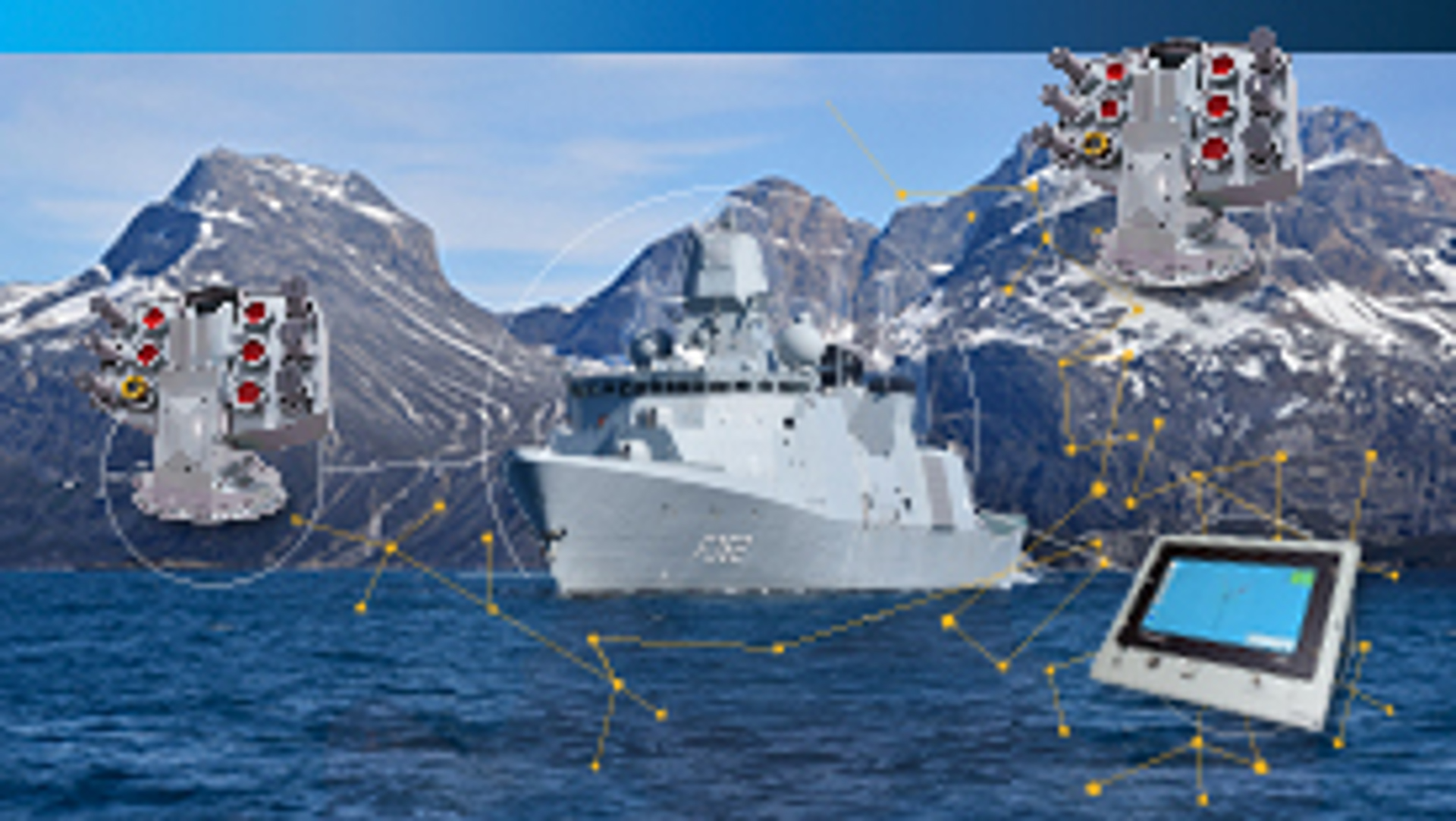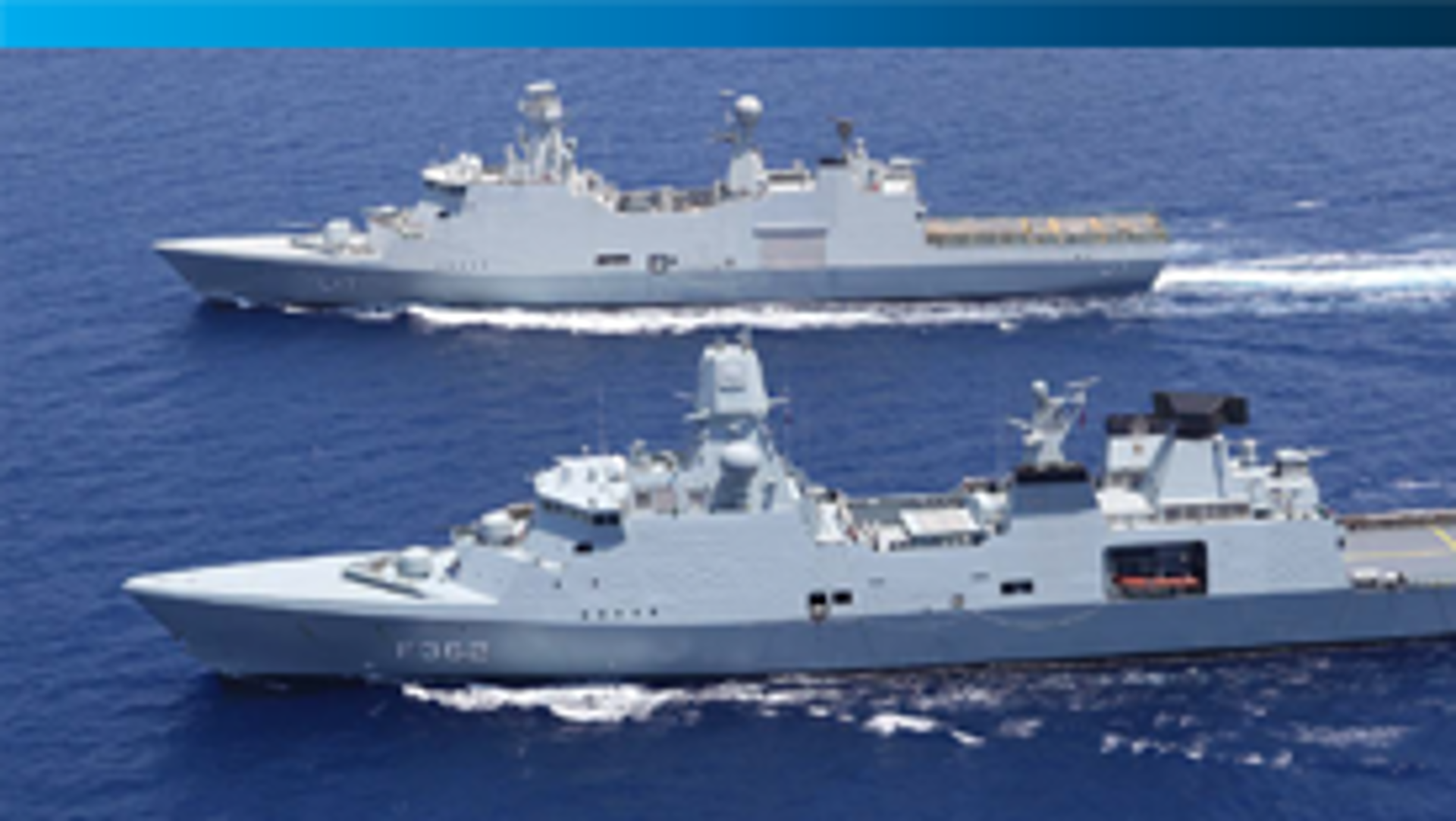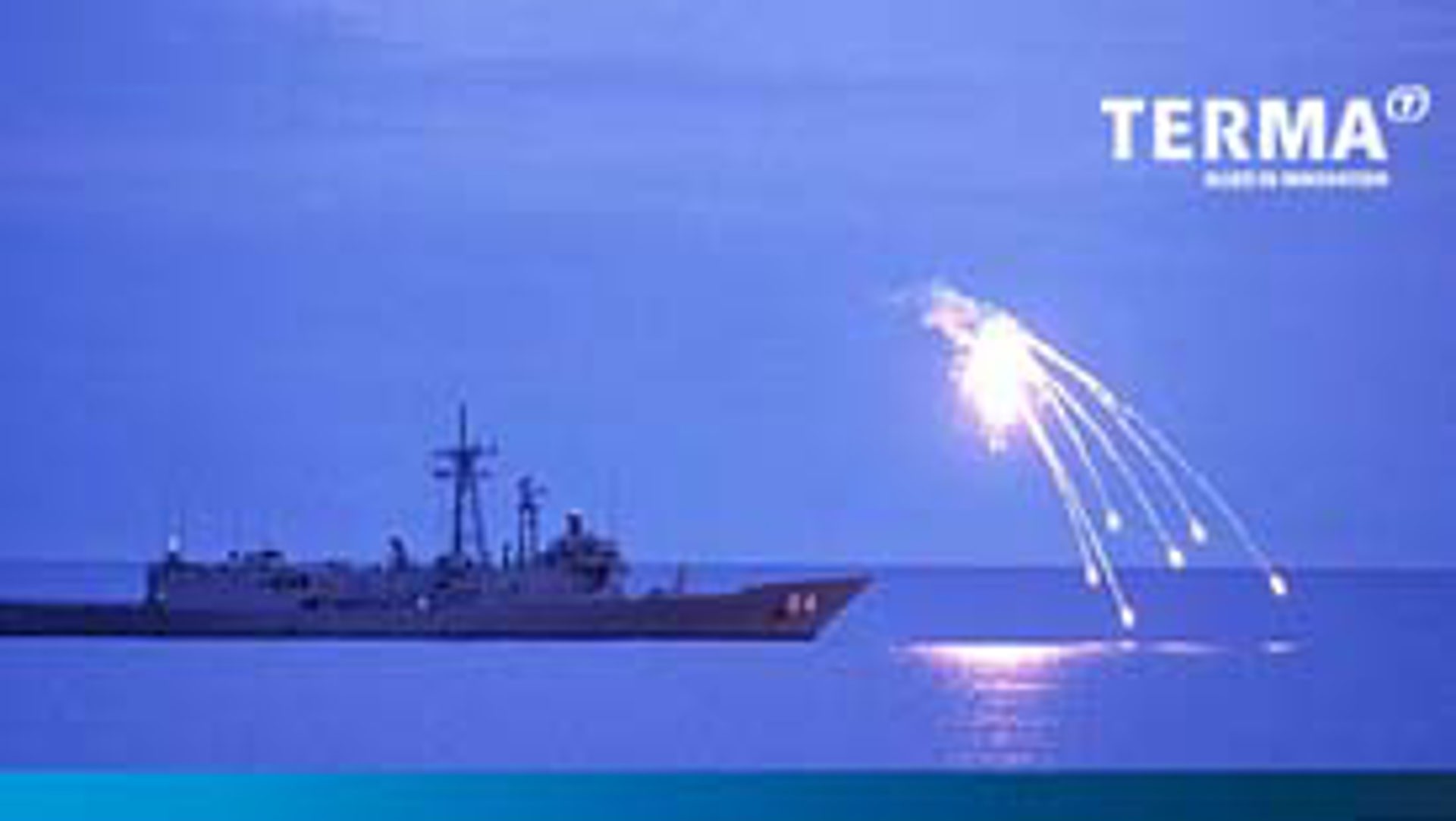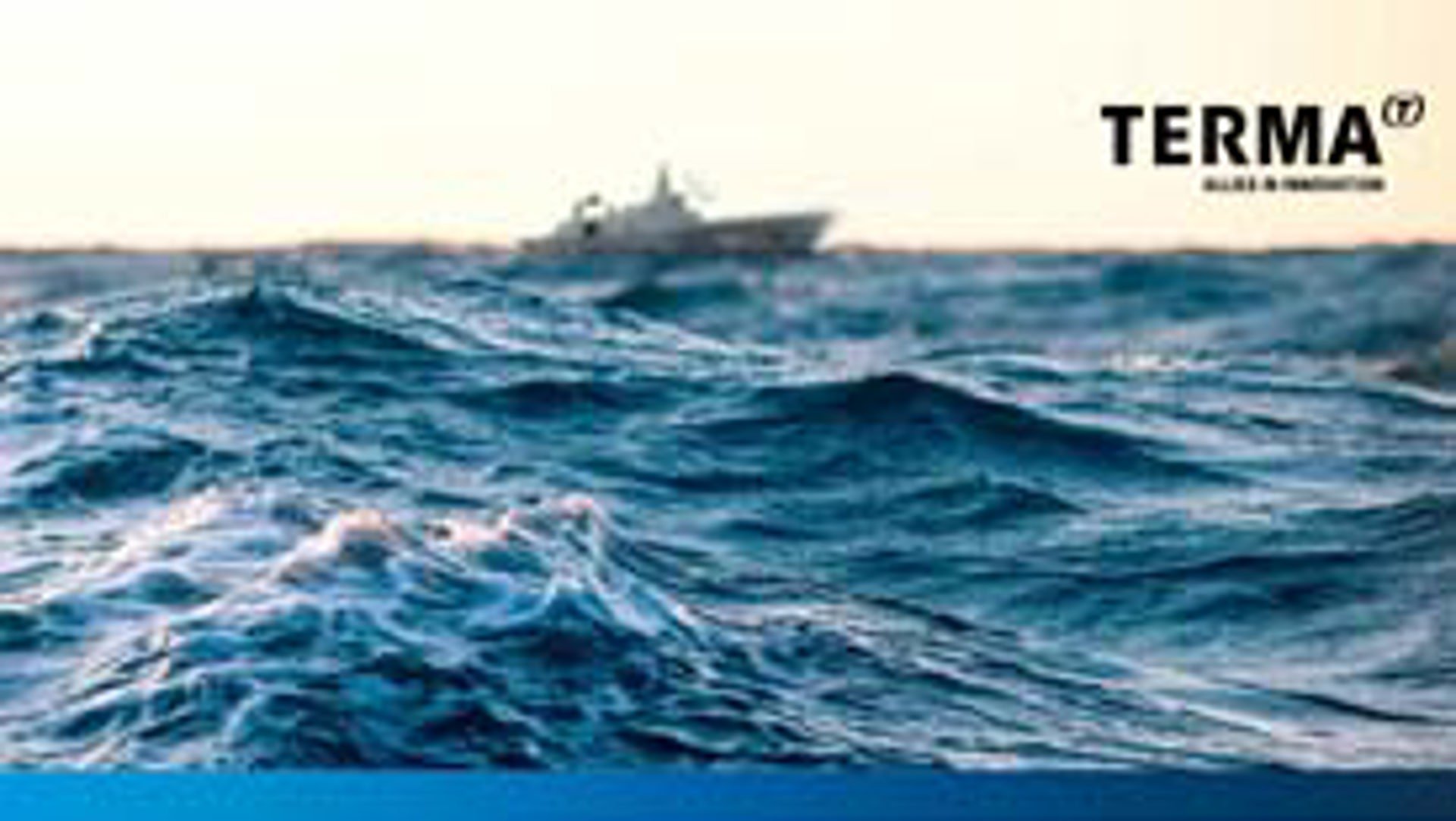A SELF-PROTECTION SOLUTION FOR NAVAL PLATFORMS
With more than 150 systems in operation worldwide, Terma’s C-Guard decoy launching system is a well proven and a cost-effective solution offering unmatched operational availability and the capability to defeat coordinated attacks with multiple missiles and torpedoes.
Comprehensive Software Upgrade: Advanced AI-developed algorithms for faster and smarter defense
New trainable Launcher: Dynamic aiming for rapid and precise decoy deployment
Round agnostic system: Compatible with various decoy types
New and updated C-Guard MK II: Comprehensive Multi-Threat Decoy System for Naval Defense
In today’s complex maritime threat landscape, advanced and adaptable soft-kill solutions are essential to protect naval assets from diverse threats, including radar-guided missiles, infrared seekers, and electronic warfare.
Modern naval vessels face complex and rapidly evolving threats, including advanced anti-ship missiles, electronic warfare, and multi-spectrum tracking technologies. Traditional hard-kill solutions alone are insufficient to counteract the sophistication and volume of these threats.
C-Guard MK II is designed to address this critical vulnerability by providing advanced soft-kill capabilities that enhance naval defense and improve fleet survivability in high-stakes environments.
Leveraging AI-enhanced algorithms, deep CMS integration, and a flexible, multi-decoy approach, C-Guard MK II effectively disrupts and diverts incoming threats, preserving valuable assets and maximizing mission success.
The new C-Guard MK II builds on Terma's proven decoy technology, delivering a new level of precision, flexibility, and adaptability for modern naval defense.
You need to accept all cookies in order to see the content
Open Cookie Control PanelSystem benefits
C-Guard MK II is an indispensable addition to any layered naval defense strategy, enhancing survivability, operational flexibility, and cost-efficiency across naval fleets. With its advanced features and deep CMS integration, C-Guard MK II provides superior protection against today’s sophisticated threats while remaining adaptable to meet tomorrow’s challenges.
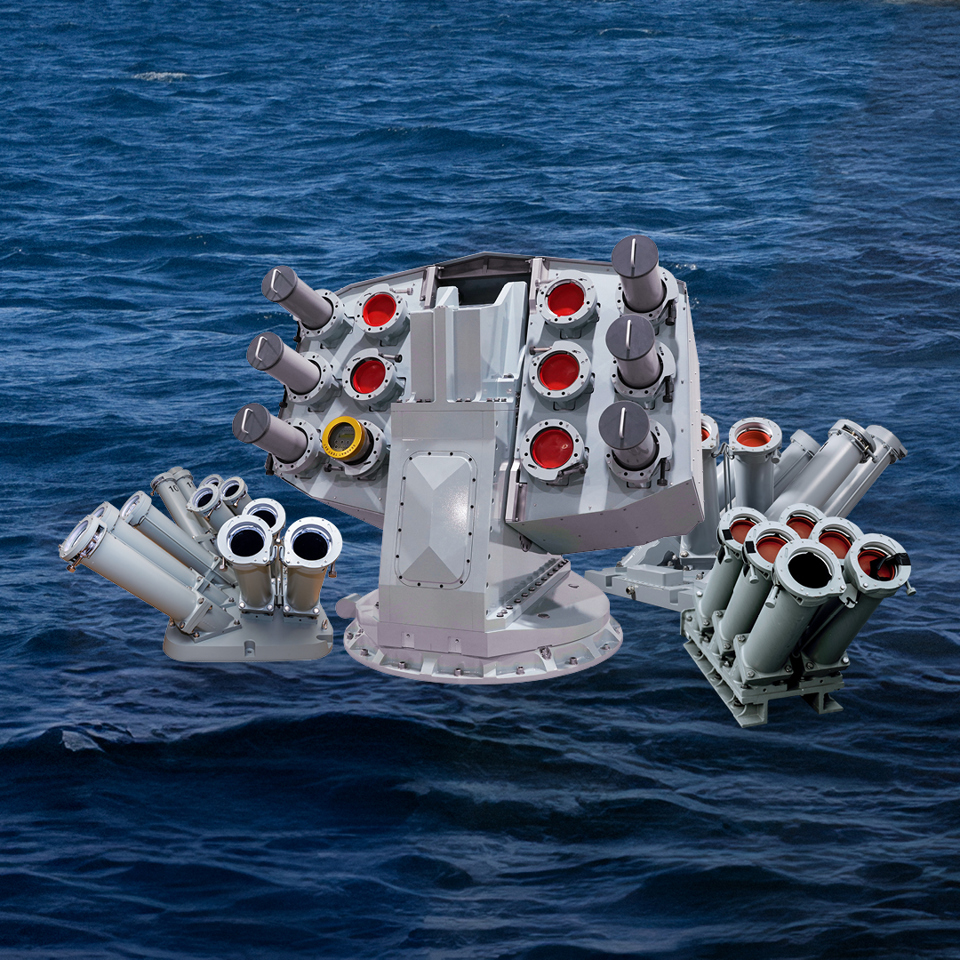
Enhanced Fleet Survivability

Operational Flexibility

Cost Efficiency and Logistical Flexibility
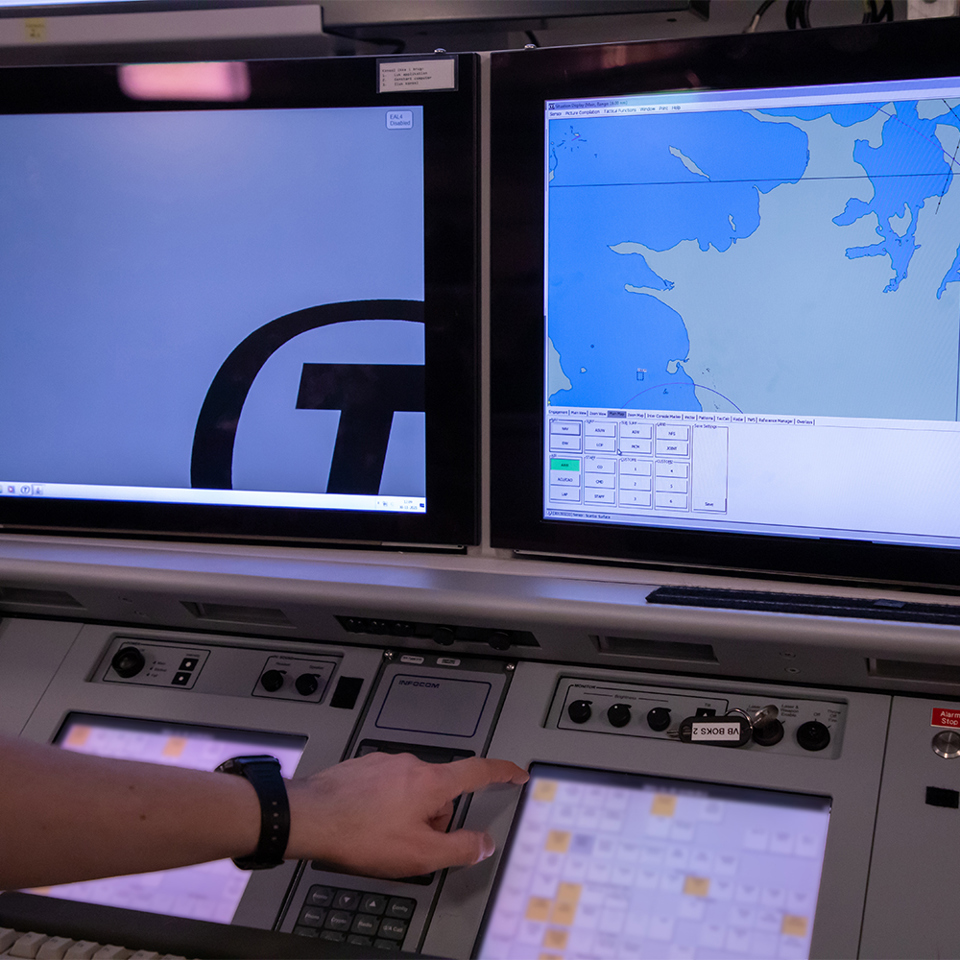
Future-Ready Design
KEY FEATURES
Advanced Firing Proposals with AI Support
The C-Guard MK II offers firing proposals powered by AI-enhanced advanced algorithms refined through rigorous development and simulations. These algorithms deliver real-time, optimized decoy deployment strategies to counter evolving threats. While AI operates primarily in the development phase, its ongoing evolution ensures that C-Guard MK II stays responsive to the latest threat dynamics.
Seamless Integration with Combat Management Systems (CMS)
Built for compatibility with existing naval defense infrastructures, C-Guard MK II integrates directly with the CMS to receive real-time threat data. This tight integration enables precise, rapid decoy deployment, enhancing response speed and operational efficiency.
Multi-Decoy Support and Format Flexibility
C-Guard MK II supports a wide range of decoy types—chaff, flares, corner reflectors, and off-board jammers—to counter diverse attack profiles. Built for NATO-standard 130mm GNAT format and compatible with calibers up to 170mm, our decoy launching system offers flexibility for navies to select the ideal decoys for their mission needs.
Modular, Scalable Design
C-Guard MK II adapts to a range of naval platforms, from smaller patrol vessels to larger ships, with a modular design that facilitates future upgrades. This scalability ensures cost-effective fleet-wide protection and adaptability to future threats and innovations, including support for technologies like unmanned killer drones as they mature.
Automatic Hands-Off Operation
In automatic mode, C-Guard MK II autonomously calculates and deploys decoys based on real-time CMS data, reducing operator load and ensuring precise, effective response in dynamic threat environments.
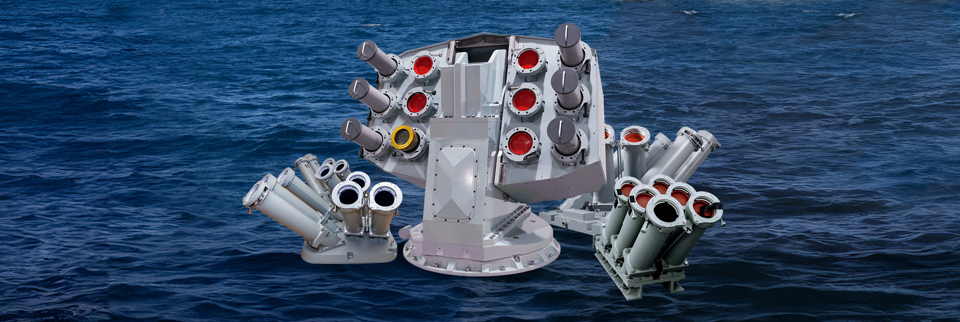
System functionality
Ancilia Trainable Launcher
The Ancilia launcher with 12 tubes offers a significant advancement in decoy deployment, providing precision targeting that adapts dynamically to the threat environment. Unlike fixed systems, this trainable launcher can adjust its direction in real-time, allowing decoys to be deployed exactly where they are most effective. This capability ensures optimal placement of countermeasures against incoming threats, maximizing protection for the vessel while reducing wasted resources. The flexibility of the trainable launcher makes it ideal for various combat scenarios, enhancing the reliability and efficiency of naval defenses. Ancilia is produced by SEA, a COHORT PLC company.
Mk-137 Launcher
The Mk-137 launchers are fitted with 6 tubes in the same direction in the azimuth plane in relation to the sailing direction.
DL-6T Launcher
The DL-6T launchers are fitted with 6 tubes, 2 in each of the firing angles 20°, 40°, and 135° (port and starboard side) in the azimuth plane in relation to the sailing direction. The firing angles have been selected using extensive modeling simulations by the Danish Defence Research Establishment. The tubes are elevated at 45° enabling firing of both mortar or rocket propelled decoy types. Despite the fact that most decoys are mortar launched, deck reinforcement will usually not be required due to the force distributing base plate.
DL-12T Launcher
The DL-12T launchers are fitted with 12 tubes, 3 in each of the firing angles 10°, 40°, 60°and 135° in the azimuth plane in relation to the sailing direction. Both the DL-6T, Mk-137 and the DL-12T launcher tubes are fitted with a Round Identification System (RIS).
Control Unit
The Control Unit (CU) is located in the Combat Information Center (optionally two additional units can be installed, e.g. one on the bridge). It is intended for local operation and to provide a graceful degradation in case the CMS or Launch Control Computer (LCC) fails.
The C-Guard Control Unit has 3 switches and a large touch sensitive display. The display is designed for use at night (and in CIC) as well as for daylight use on the bridge.
Launch Control Computer
The Launch Control Computer (LCC) is a workstation computer with advanced engagement algorithms. The algorithms are used for calculating the optimum proposal for firing decoys. The LCC is interfaced to the LIU and the CMS for controlling launch of the decoys and monitoring the tube content and system status e.g. launcher safety switch. As an alternative, a direct interface with the ESM and the ship services allows stand-alone operation controlled through the CU.
Launcher Interface Unit
The Launcher Interface Unit (LIU) is an intelligent power supply that controls the firing pulses and communicates with the Control Unit(s) and the LCC. The LIU is connected to primary and secondary power such that C-Guard can continue operation in power failure situations.
Round Identification System (RIS)
In order to provide correct loading information to the C-Guard operators, a Round Identification System (RIS) is fitted so that the content of each tube is shown to operators of the CU or CMS. This vastly reduces load-time, and eliminates the need for manually communicating tube content to CU, CIC or to the bridge – eliminating human error.
The RIS is based on a tag that is fitted on the decoy barrel extender, either by the Navy or by the decoy manufacturer, and works with all available decoys.
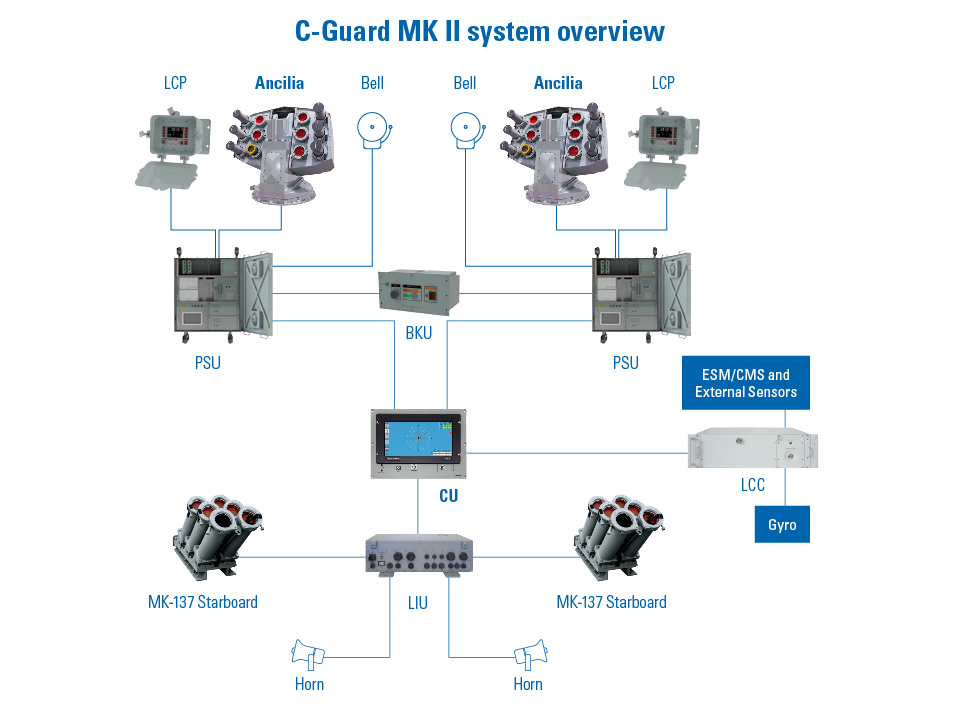
Contact us
If you have any questions about our C-Guard solution, please send us a message.
Need more details?
Then download our solution materials

Terma LifeCare
Total Lifecycle Service & Support
All products are eligible for our industry leading service agreement, Terma LifeCare. With Terma LifeCare you will minimize downtime, get hardware and software upgrades at reduced and known costs, get full transparency and knowledge of your system’s lifetime cost and much more.
Want to learn more?
If you have any questions about naval solutions, please get in touch with

Vice President & General Manager, Terma Asia Pacific





